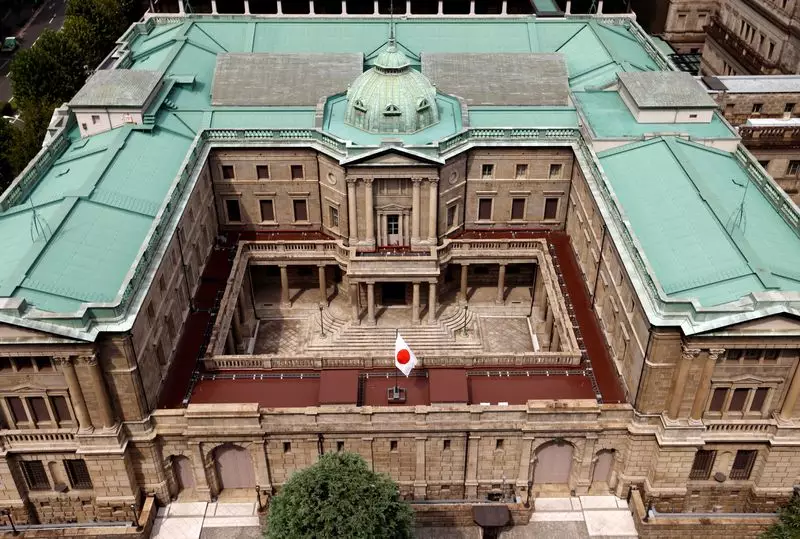Central banks play a critical role in shaping the economic landscape of their respective countries, and the Bank of Japan (BOJ) is no exception. As the nation navigates a complex web of political uncertainties and economic recovery challenges, the BOJ is poised to make crucial decisions regarding its ultra-low interest rates. This article delves into the current climate surrounding the BOJ, examining the potential implications of maintaining such policies in the face of inflation and political shifts.
The Japanese economy has displayed a sluggish recovery, marked by minimal signs of inflation and an environment ripe for cautious monetary policies. Recent economic data, including improvements in factory output and retail sales for September, suggest that while there is some momentum, the overall trajectory remains fragile. The BOJ Governor, Kazuo Ueda, has openly acknowledged that despite these signs of recovery, the economic landscape is rife with uncertainties that complicate decisions on interest rate hikes.
The ruling coalition’s loss of its parliamentary majority in a recent election has further exacerbated these uncertainties. Analysts are concerned that this political turbulence could lead to stasis in policymaking, hindering the BOJ’s ability to navigate the delicate balance of fostering growth while keeping inflation in check. Such unpredictability may compel the bank to adopt an even more cautious approach, complicating the already intricate task of managing interest rates.
Despite Japan’s ongoing struggles with inflation, the BOJ seems inclined to maintain existing interest rates at 0.25%. The rationale behind this decision is grounded in the observation that inflation has remained muted, providing little incentive to accelerate the rate-hike trajectory. Economists surveyed indicate that a majority anticipate the bank will refrain from increasing rates in the immediate future, reinforcing a sense of stability in the current financial environment.
However, officials, including Ueda, are acutely aware of the dangers posed by excessive caution. A volatile yen could lead to inflationary pressures that might spiral out of control, forcing the BOJ into a corner where urgent action is required. This precarious balancing act between fostering growth and managing inflation will likely dominate discussions during upcoming monetary policy meetings.
The international markets remain a significant factor in the BOJ’s decision-making process. Recent social and economic developments in the U.S. pose potential risks that could reverberate across global financial systems, influencing not just the Japanese economy but also the stability of the yen. If the BOJ were to exhibit overt dovish tendencies in its policy communications, it could embolden speculators to bet against the yen, exacerbating its downward trajectory.
To counter such speculative pressures, Ueda may focus on conveying a message of resilience regarding the BOJ’s stance on interest rates, potentially leaving room for slight modifications in future guidance. The central bank’s careful language will be critical to maintain market confidence without igniting further volatility.
As the BOJ prepares for its next monetary policy meeting, the focus will remain on clearly communicating its future intentions. While Ueda has articulated a commitment to sustaining the 2% inflation target, the complexities of the current environment demand a nuanced approach. Analysts anticipate potential language changes in the BOJ’s future guidance that would outline specific risk factors influencing future policy shifts, allowing for a more transparent understanding of the central bank’s readiness to adjust rates.
The path ahead for the Bank of Japan is fraught with challenges that require a measured response. The interplay of political elements, economic recovery signs, and speculative market behaviors presents a multifaceted dilemma. While maintaining ultra-low interest rates may provide some short-term stability, the BOJ must remain vigilant, balancing the need for growth against the imperatives of inflation control, all while navigating a landscape characterized by unpredictability.


Leave a Reply